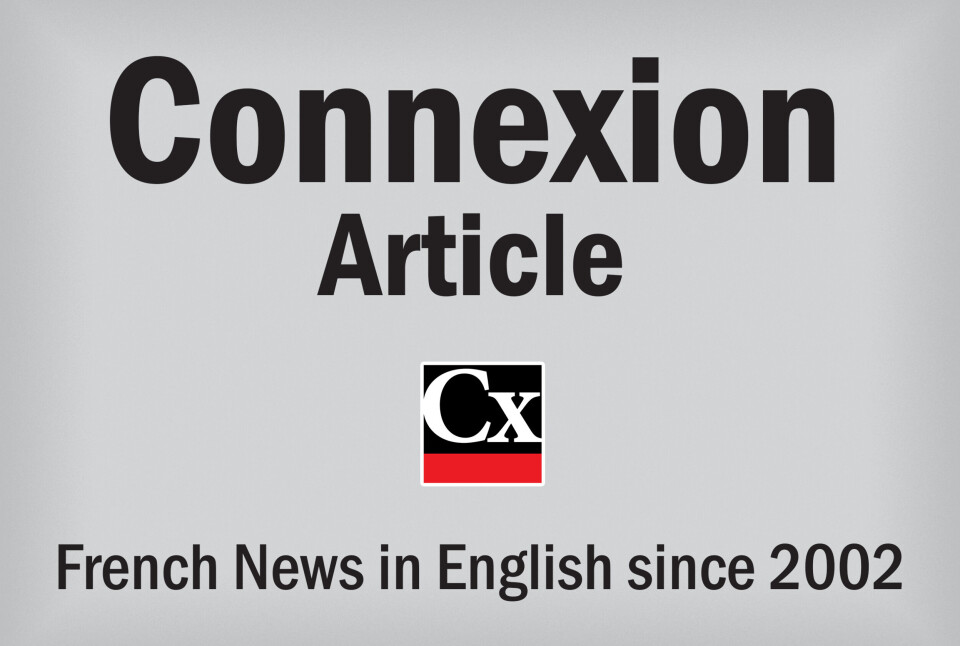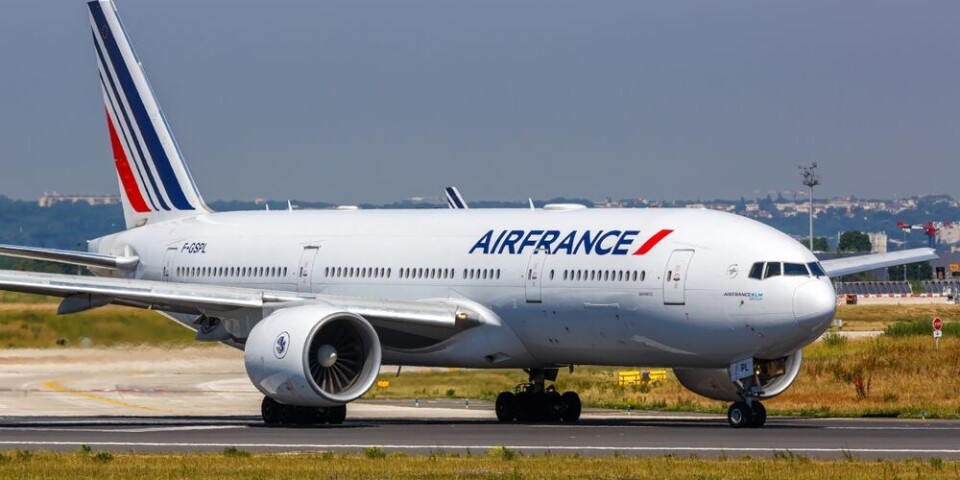-
‘Leave Brigitte Macron alone after anti-feminist comment’: Government official
The president’s wife was filmed backstage at a show by a controversial comedian
-
French MPs vote in favour of 2026 Social Security budget: What changes for you?
Pension reform suspended but planned freezes on this and other benefits removed
-
Why your home insurance in France is likely to increase
Climate change-related claims cost more than €5 billion last year
Radio waves help broadband
Rural mayors and the broadcast infrastructure company TDF have signed a deal to improve high-speed broadband availability and network speeds that could transform internet usage in city, town and remote areas.

The deal comes after an experiment in the rural Vosges commune of Les Voivres where about a dozen users were able to have very high broadband speeds of up to 60Mbps using radio technology called RttH (Radio to the Home).
TDF has a vast network of 11,000 TV and radio masts across France and aims to use its expertise to bring high speed fibre optic cabling (FttH) to remote areas that the giant telecoms companies have ignored.
Alain Komly, its community relations director, said: “We will partner communes to get better service, whether that is by improving 3G, 4G and even 5G coverage, installing Fibre to the Home services, combining them to give new RttH access or even by using our historic experience in negotiating contracts over mast access etc.
“We have pylons all over France and these can carry FttH cabling and some will link with RttH transmitters to extend the signal – 5-10km – with high-speed for all users via a form of 4G.
“Households would have a 15x15cm aerial and this could offer speeds of 30-60Mbps and 10Mbps on upload – so enough for Facetime, Skype and other business usage.
“FttH services for all would be best but RttH offers a way to use existing masts until we can reach that. In addition, we are installing 1,000-2,000 new masts a year, mainly as Free Mobile expands, and this opens up poorer-served areas, and that can include spots in towns and cities.”
























